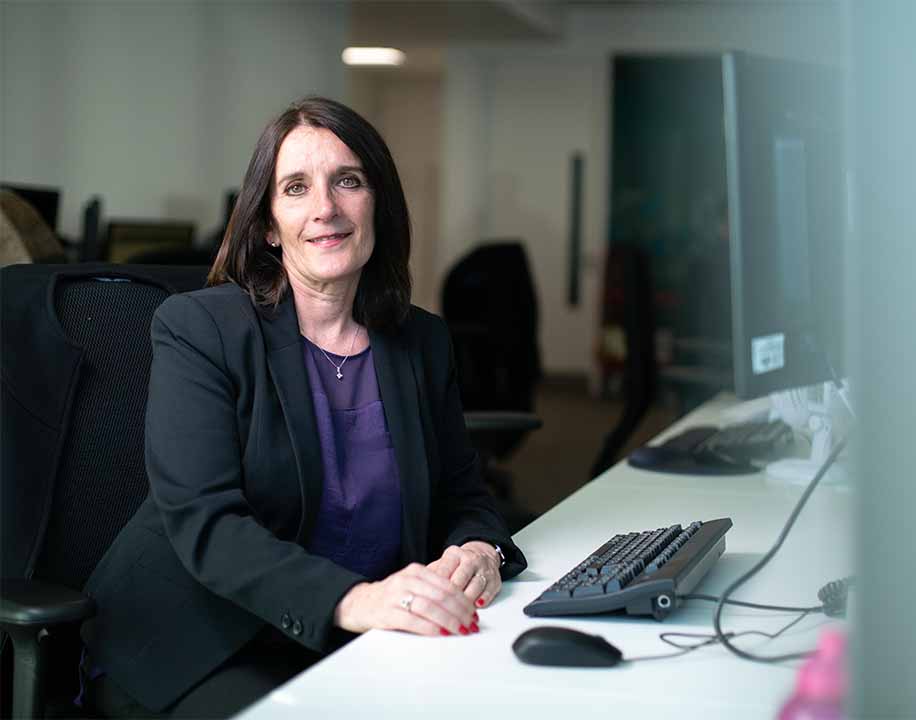Our case examiners decide what happens at the end of an investigation.
They're independent professionals who work in pairs. One is a nurse or midwife, and one is a lay person, which is someone who isn't a qualified nurse or midwife.
What do the case examiners do?
Case examiners look over the evidence our investigation team have put together. They look to see if the evidence shows whether the nurse, midwife or nursing associate did something that put patients at risk of harm or something serious enough that it could affect trust and confidence in of the nursing and midwifery professions.
They'll also consider whether the evidence could show that the nurse, midwife or nursing associate lacks the necessary skills to practise safely.
Sometimes, even though something serious happened, the nurse, midwife or nursing associate might have shown that they can practise safely now and that they understand that what they did was wrong.
In these circumstances, case examiners can close a case having decided that it doesn’t need to be sent to a meeting or hearing to be heard by an independent panel – we call this a no case to answer outcome.
Once they've finished looking at all of the evidence and information, they'll write to you, the nurse, midwife or nursing associate and anyone else that might be part of the investigation to explain their decision.
Fitness to Practise Committee
If the case examiners think the nurse, midwife or nursing associate isn’t fit to practise without restriction, they can decide to hand the case to the Fitness to Practise Committee which is part of an independent panel of decision makers.
If your case progresses to a meeting or hearing, the people who make the decision are independent people appointed to sit as panel members on the Fitness to Practise Committee.
Meet Karen, one of our Case Examination managers
Related pages
- Concerns, complaints and referrals during the Covid-19 pandemic
- Who we are and how we regulate
- How we regulate and the types of concerns we look into
- Who you should raise a concern with
- What happens when we receive your concern
- Investigating your concern
- Examining cases
- Meetings and hearings
- How we reach an outcome and what to expect after a hearing
- Supporting you during our fitness to practise process
- Jargon buster









